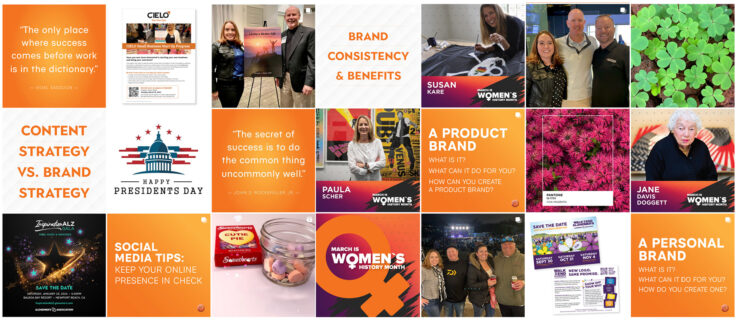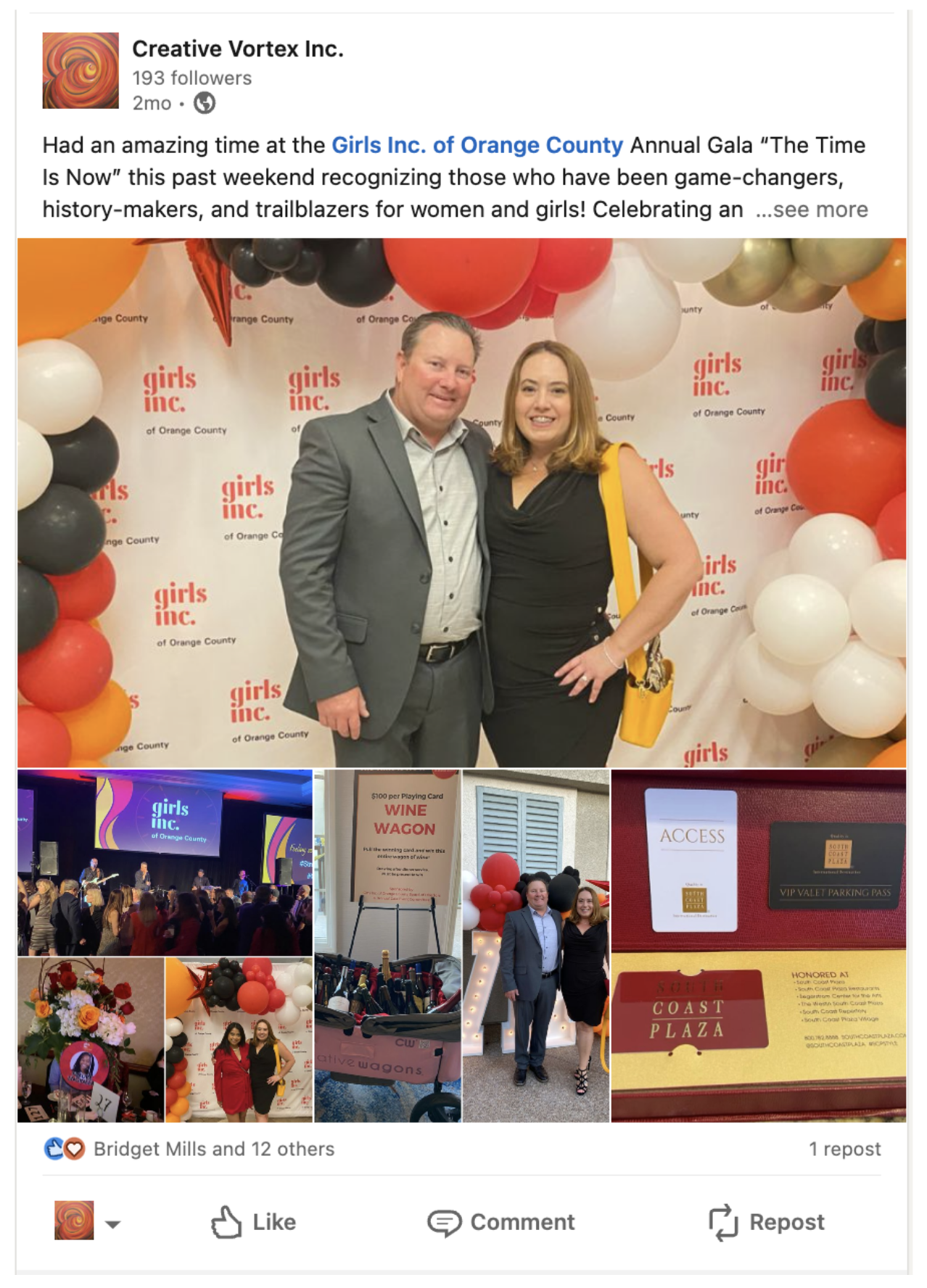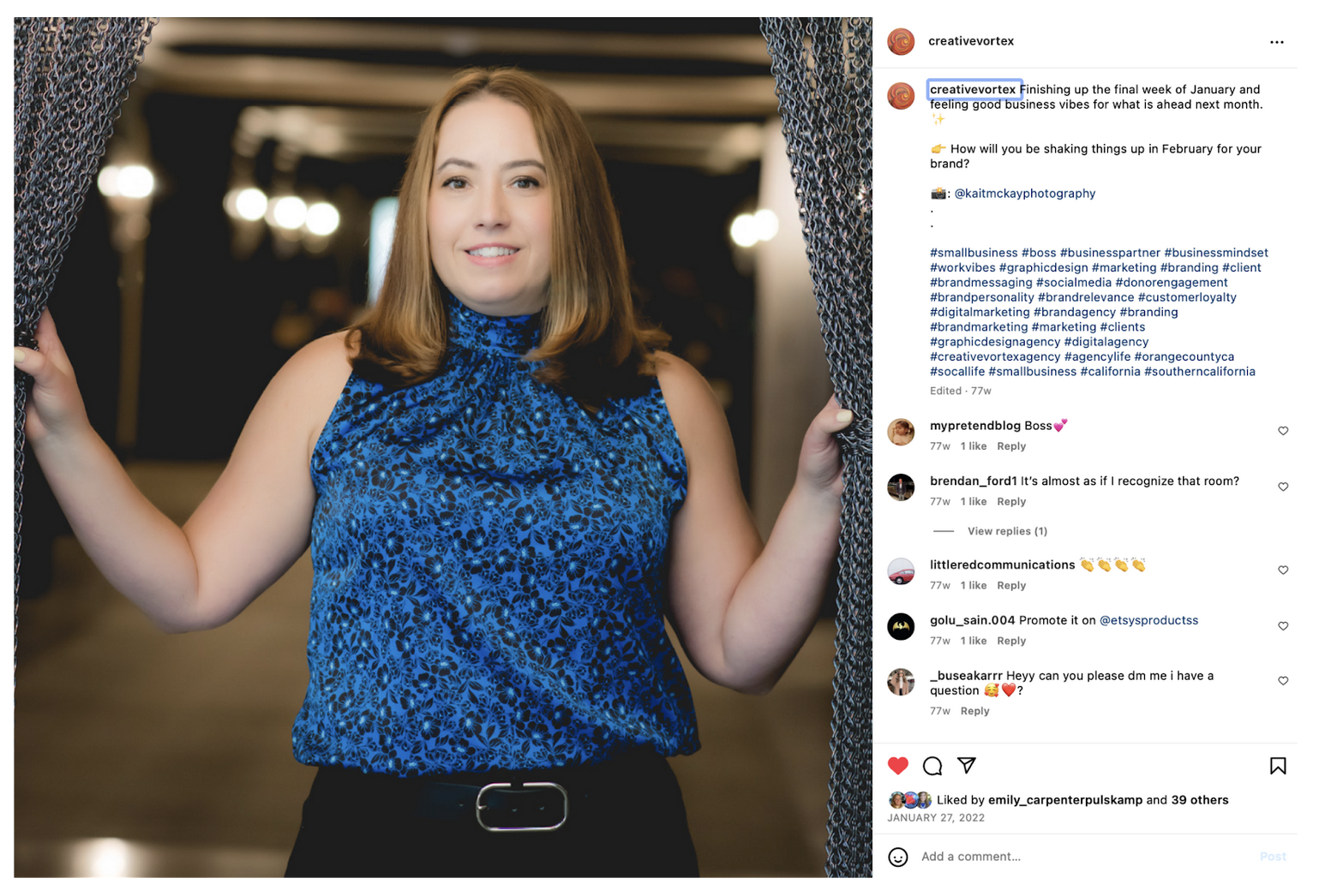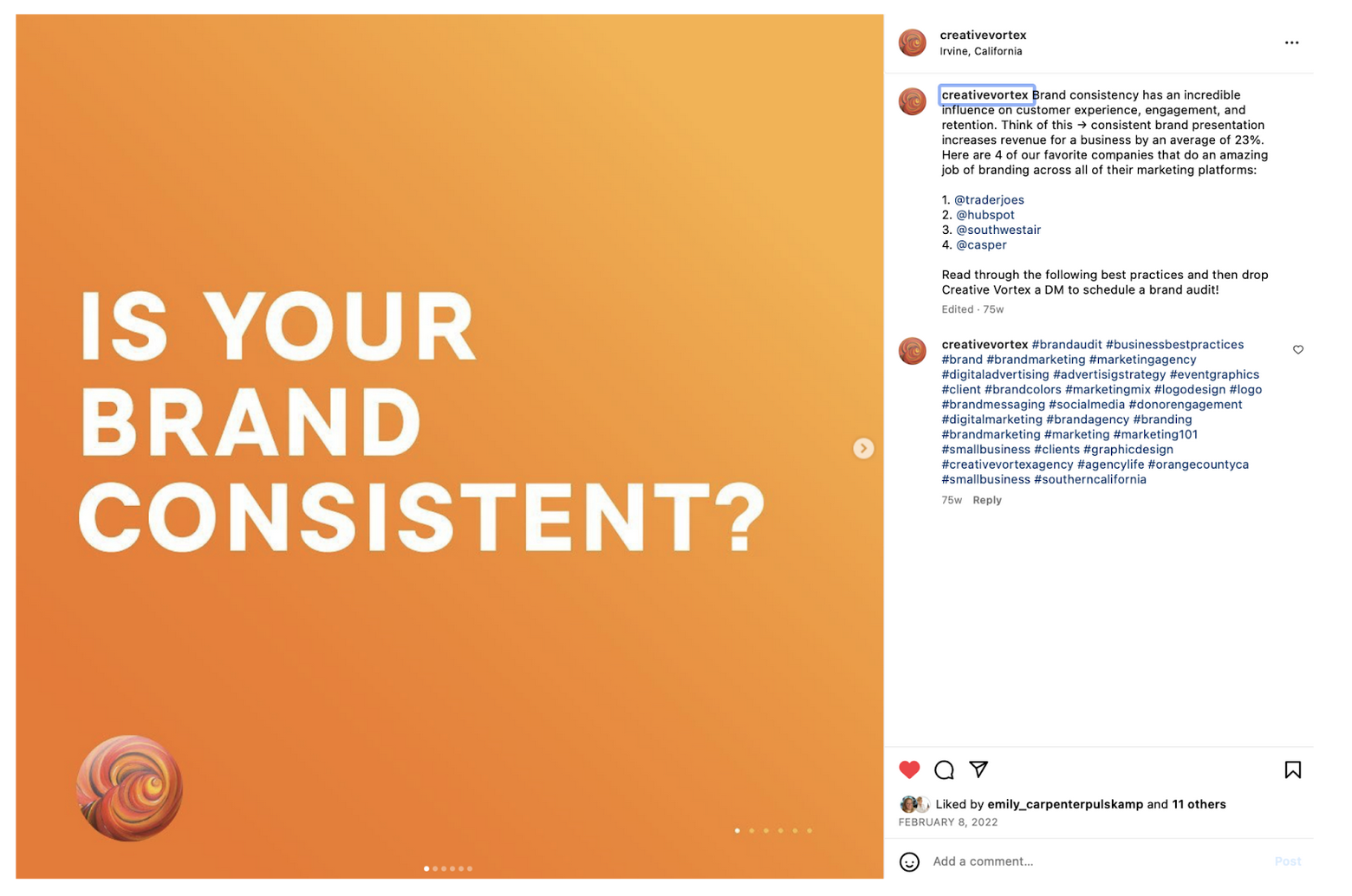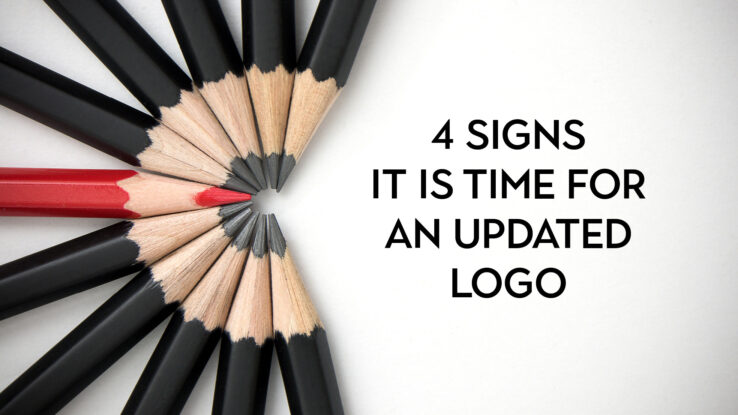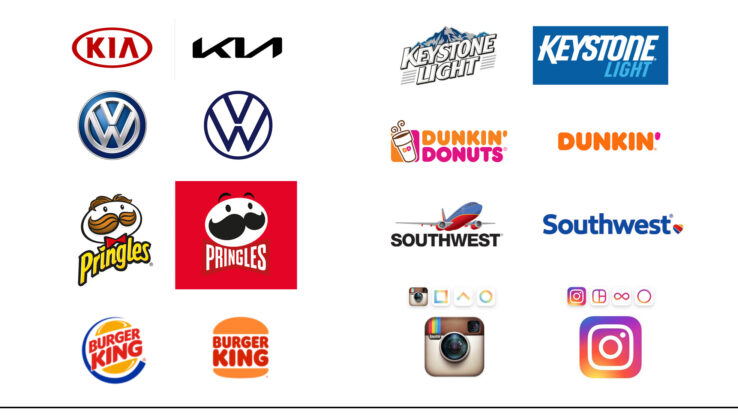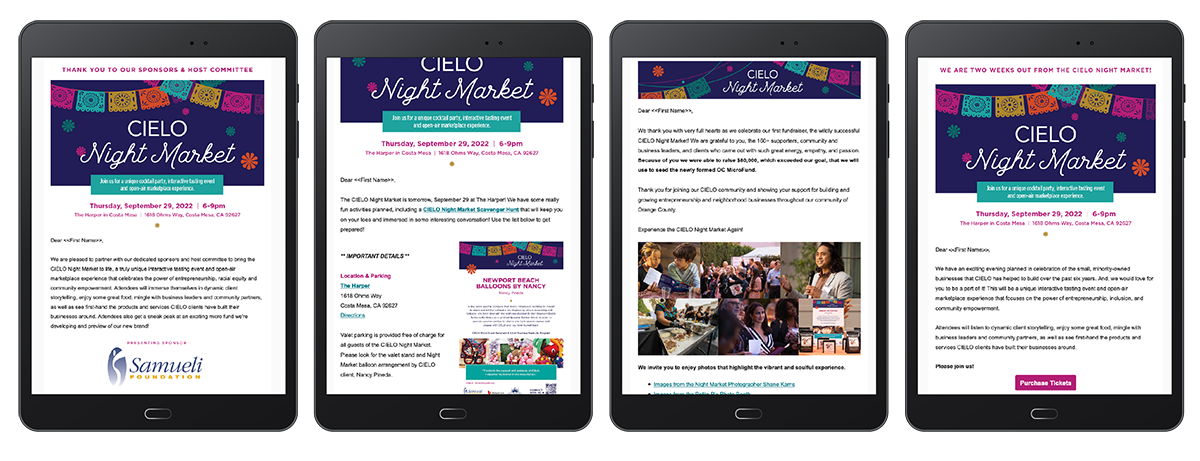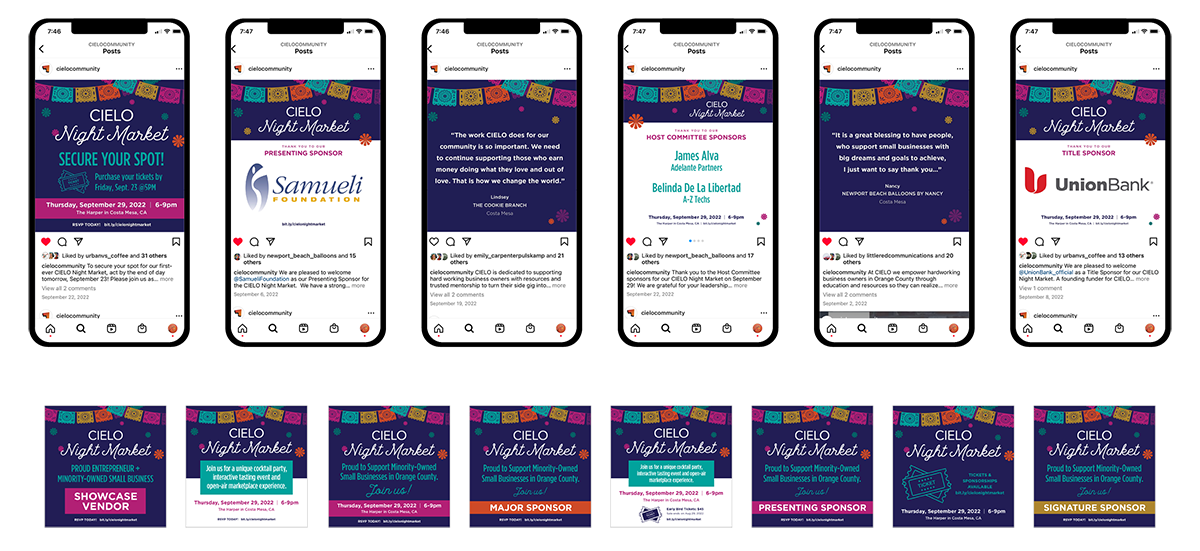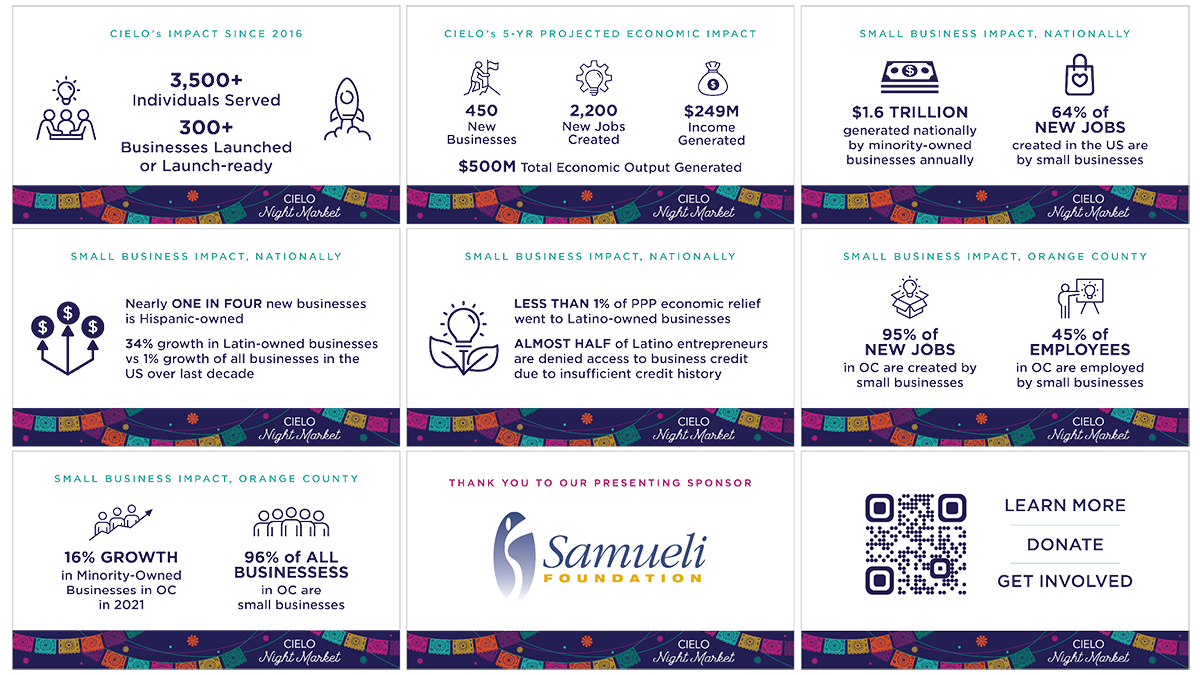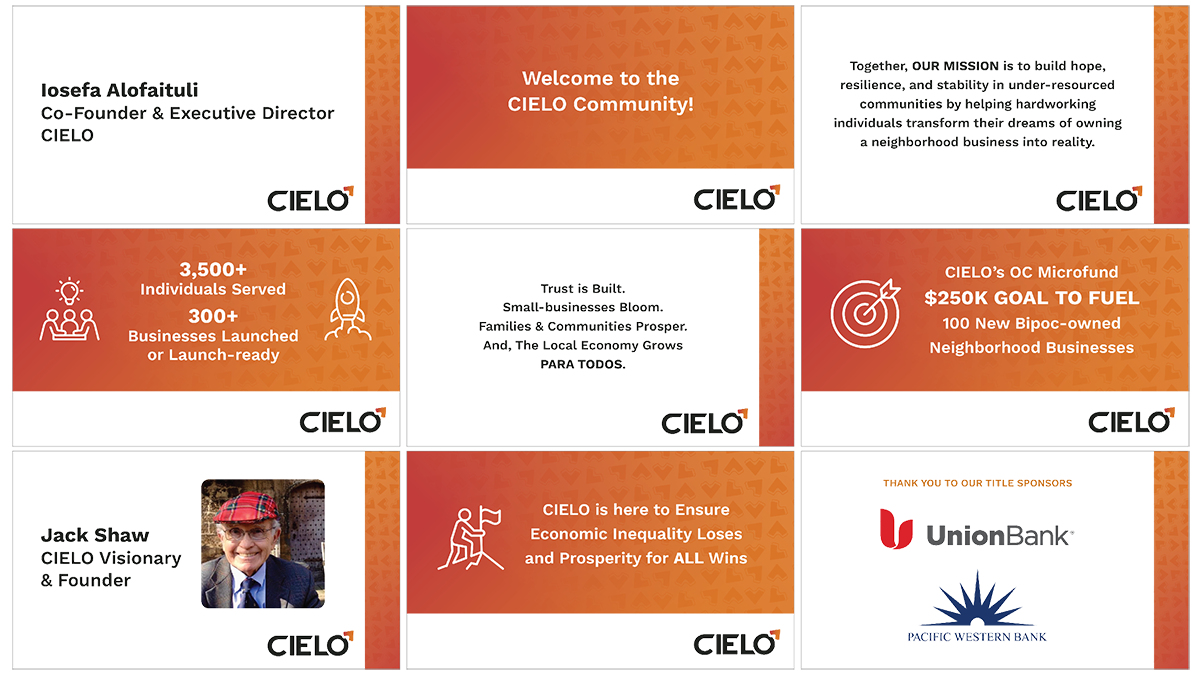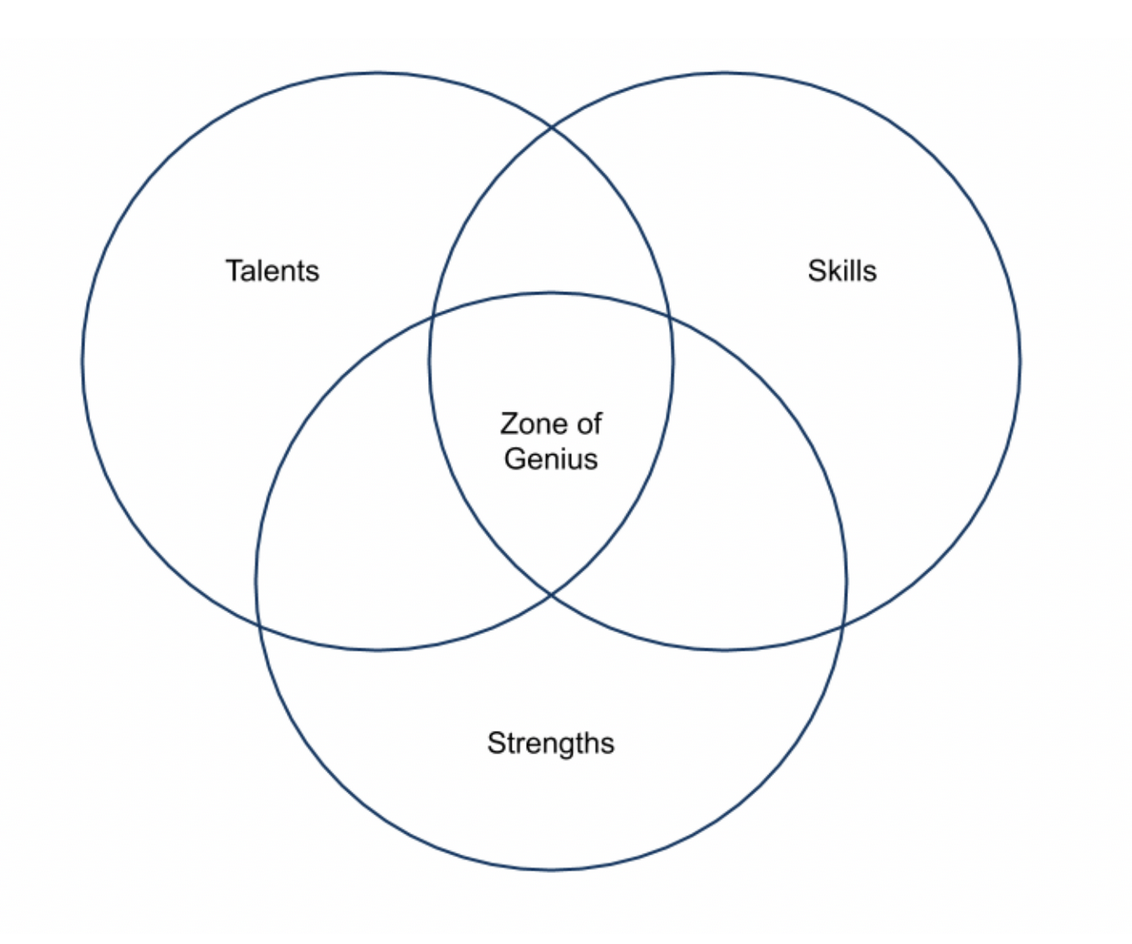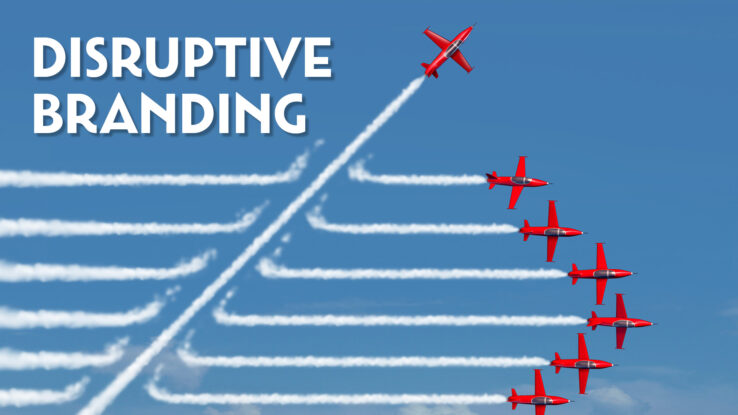Artificial intelligence (AI) has become an indispensable force shaping various aspects of our world, extending its influence into industries far and wide. In particular, the graphic design sector has not been immune to its transformative power. As highlighted in the CompTIA IT Industry Outlook 2024 report, companies are actively embracing AI integration. With 22 percent aggressively pursuing AI implementation across diverse technology products and business workflows, and 33 percent engaging in limited adoption, it’s evident that AI’s impact is substantial. Additionally, 45 percent of firms are in the exploratory phase, signaling a growing recognition of AI’s potential. In this dynamic landscape, the role of AI in graphic design is evolving rapidly, presenting both opportunities and challenges for designers and businesses alike.
In the dynamic landscape of digital creativity, the role of AI in graphic design has evolved into a game-changer. As we move through 2024, the impact is more profound than ever, redefining how designers visually conceptualize, create, and innovate to meet corporate and client expectations.
Generative design AI programs create images based on prompts provided by the user in a matter of seconds. Already, many human designers are changing how they approach content creation. Instead of developing everything from scratch, they use AI to create mockups, work out the typography and color scheme, or generate templates they can personalize.
Benefits
Save Time: AI can automate menial tasks like removing backgrounds from pictures or handling basic photo editing, which used to take hours for an average person but can now be done in minutes.
Remove Guesswork: AI doesn’t rely on human perception but on datasets and machine learning, enabling it to select colors based on numerical values quickly. It can create complementary or analogous color sets much faster than designers.
Save Money: Many AI programs offer competitive pricing and can save money compared to hiring a professional graphic designer, especially for sporadic graphic needs.
Challenges
Data Bias: If the data used to train AI is biased or incomplete, the AI-powered tool may produce suboptimal results, perpetuating stereotypes or discriminatory practices.
Limitations in Creativity: AI-powered tools are currently unable to replicate the creative intuition and expertise of human designers. While it excels at repetitive tasks and data-driven decisions, it struggles with nuanced artistic choices.
As we anticipate further advancements in AI and potential changes in image copyright laws, it’s essential to focus on how AI can save time and automate parts of the design workflow rather than solely relying on it for generating art, especially for commercial purposes. Finding the balance between leveraging AI for efficiency and preserving human creativity remains a key challenge and opportunity in the field of graphic design.



